Resources |
| Collections |
| Contact: photoguide@tiono.com |
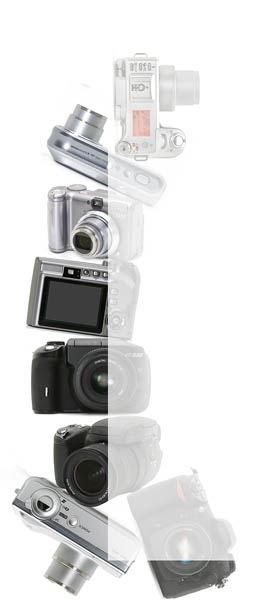
Chapter 1. The Equipments
Revision 1.1 2006. Copyright
by Tiono
Email: photoguide@tiono.com
What equipment do I need to take a photograph
of my miniature-model? Of course you need a camera, and able to operate it,
at least, pressing the shutter button. There are so many fully automated cameras out there,
which will be able to do all of necessary settings for you. The camera will automatically focus the image,
set the correct exposure, and even automatically trigger the flash whenever
necessary.
Then why not everybody were able to produce good pictures of their models anytime?
That's where the story starts.
A camera is just a tool to take
picture. It does not have brain (although it may have embedded computer which can automate some of its functionalities), although
it may be able to give you a sharp and well exposed picture, the so called
“technically good” photograph, but it can not create a good composition
for you.
However, producing a “technically good” photograph is only half of the
story, the other half depend on the photographer, the brain behind the camera,
to create appealing image.
The first question you may ask probably: "What kind of camera should I use?"
To be able to get a nice picture of your miniature-model, your camera must
have a macro-capable lens.
Nowaday there are many compact digital cameras with such lens, you do not
need to own a SLR camera with dedicated macro lens, unless you really need a top-notch
quality for professional purposes.
But before you purchase a compact camera, it is better to test its macro ability:
set the camera to 'macro function' (usually it is a button with flower icon),
then set the lens to its longest (maximum zoom). With that settings, try to
determine the nearest point where the camera still be able to lock the focus
(how close the camera will be able to focus on its longest zoom).
Compare several camera models using the same method, and choose the one with the
shortest focusing distance or highest object-magnification ratio.
The above method will not exactly determine the macro ability of a camera,
but it is the easiest way for a layman to choose a camera for miniature-photography purposes. Other features which you may need are: manual focusing and external flash connection.
|
|
Ok. I got the camera, so what else now?
You will need a tripod. In purchasing a tripod, you
have to find one with sturdy feet, the one which will not vibrate or wobble
if you press the camera's shutter.
|
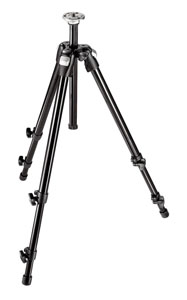 |
 Tripod with pan-head |
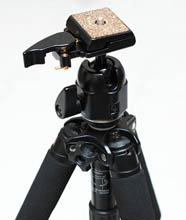 Tripod with ball-head |
For those who prefer
to use SLR camera with interchangeable lens, please make sure that your
lens is able to do macro-focusing with an image reproduction ratio of
greater than 1:5. The "true" macro-lens will be able to produce
a 1:1 reproduction ratio, which means that the size of the projected image
in the camera's sensor will be exactly the same size as the object itself.
|
 macro 1:1 on film 36mm x 24mm at the lens' closest distance |
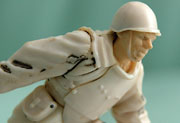 macro 1:1 on digital-SLR with 1.5 crop factor at the lens' closest distance |
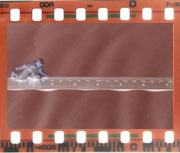 macro 1:5 on film 36mm x 24mm at the lens' closest distance |
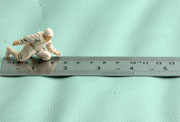 macro 1:5 on digital-SLR with 1.5 crop factor at the lens' closest distance |
Next Chapter >> |